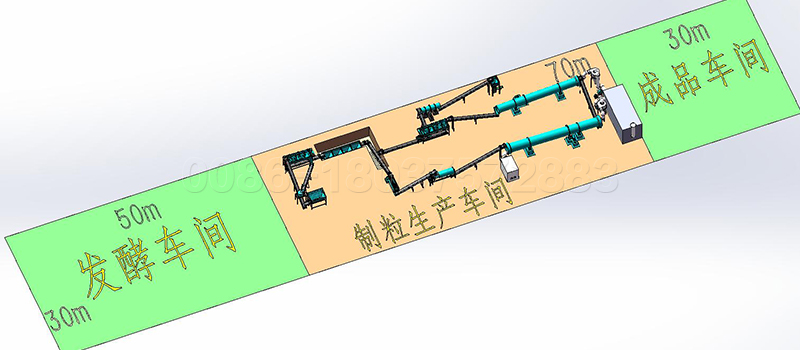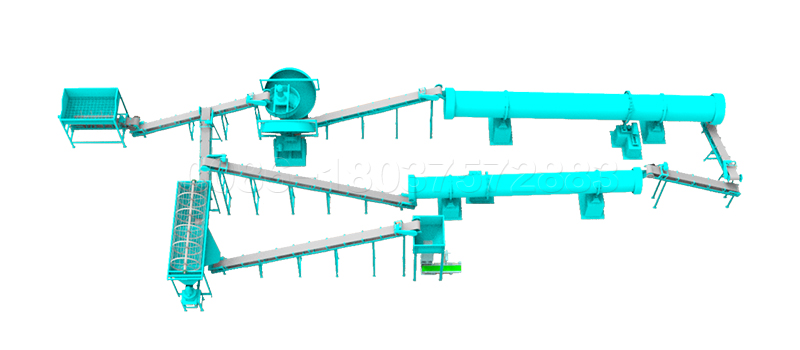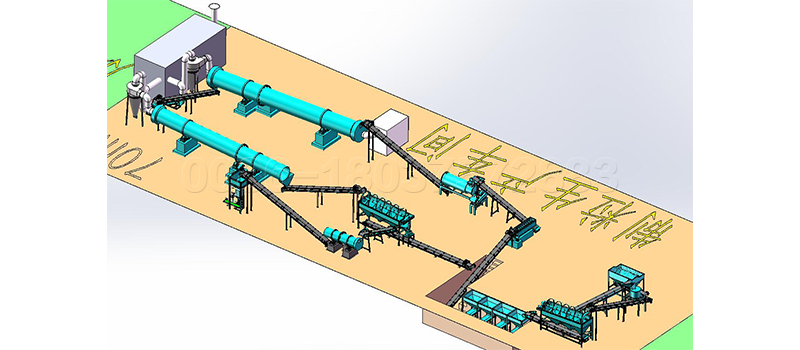The organic fertilizer production line is used to produce organic fertilizer, organic waste, sludge, straw, sawdust, food processing waste and other materials, which will produce all kinds of peculiar smell if they are piled up in one place for a long time.
These wastes are treated in the organic fertilizer manufacturing process to become valuable organic fertilizer and contribute to agriculture.
How does the organic fertilizer equipment deodorize these organic wastes?
Here is a brief introduction.
There are many methods to eliminate odor, such as
1. Adsorption method;
2. Air dilution method;
3. Ozone oxidation method;

4. Masking method;
5. Chemical treatment;
6. Water washing method;
7. Combustion mode;
And plasma and biological deodorization.
The above methods are one of the deodorization methods in the process of organic fertilizer production. Each organic fertilizer production line uses different methods, and each method has its own deodorization method and system.
In the process of producing organic fertilizer, it is necessary to use a dumper for fermentation treatment, so that these materials can remove peculiar smell and harmful substances through the deodorization system. Therefore, the deodorization system of organic fertilizer production line is an essential detail.
More detailed info on organic fertilizer production, welcome go to https://organicfertilizermachines.com/organic-fertilizer-production-line/




